I feel like I owe a lot of people an apology right now. For years, I have fought as hard as I could against the term “torture porn.” I have written screeds all over the Internet explaining why this was a disparaging nomenclature with no basis in reality. I’ve broken down why it most certainly should not be derived from the first Saw film because that film took the Texas Chainsaw Massacre/convince the audience they saw things that were clearly edited out approach. I even went so far as to say I couldn’t think of a single torture porn film in existence because no horror film has ever been designed to make you feel good because people are being brutally killed.
It turns out I was wrong. The Impossible is not only the first mainstream torture porn film, it is the most widely acclaimed. After 20 minutes of watching the Bennett family get settled in for a Christmas vacation in Thailand, tragedy strikes. The 2004 Indian Ocean tsunami hits the hotel, literally ripping the family apart. Literally. As in flesh torn from bones and the family being separated.

Say goodbye to your lunch and your standards from this point on
We’re treated to a brutal, disgusting, over the top gore/action sequence where Naomi Watts (as mother Maria) and Tom Holland (as oldest son Lucas) are beaten by everything from fallen tree limbs to rusted metal cars. They bob up and down in the water for a good 20, 30 minutes while they’re impaled by branches and keep resurfacing with more cuts, bruises, and ripped off flesh each time. When the water settles, we get a lovingly framed shot of a bloated dead dog, followed by a clear shot of Naomi Watts with a giant chunk of flesh ripped out of her breast and her calf muscle on her one leg completely exposed; Tom Holland is covered in blood and has a nasty series of bruises corresponding to every vertebrae in his spine.
Then they enter the hospital where people are much worse off. People vomit up blood and scream out with arms that have an extra seven joints in them. Hospital staff try to pump blood and fluid out of people’s bodies and locals drag in corpses and severely injured bodies on ripped off doors and floorboards. Once Watts’ body starts to atrophy and fall apart on a slab, we jump to Ewan McGregor (as Henry, the father) who slowly rips a deep gash through both of his calves by stupidly falling through every loose structure in sight. He falls, he climbs back up, and rips his legs open another centimeter or two in a few steps.
This continues for another hour before the plot is quickly tied up with an all too convenient ending that’s meant to leave the audience hopeful for the future. If this family can survive this terrible ordeal, then maybe everyone else who managed to survive the tsunami can pick up the pieces and move on.
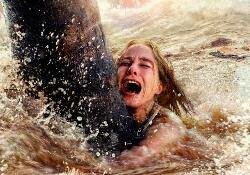
The Impossible is that Torture Porn film you’ve all been railing against for years. And it’s PG-13, too.
The worst part of it all is that this gore is not even consistent. If a low budget horror film can remember that a character has a broken arm, why can’t a big budget special effects epic? Cuts shift from the right eye to the left eye within the same scene. Clothes are repaired and then torn apart worse with a simple shift of the camera. People who are carrying victims in magically switch places in under a second, including which victim is being carried in. You would think someone would be on set to make sure that all these oh so important details of death, destruction, and gore are consistently applied (at least to the principal cast). If there was such a crew person, they should never be put in this position again.
The Impossible‘s only minor saving grace is an amazing debut onscreen performance from the only lead in the film, Tom Holland. Watts and McGregor have a few key scenes to themselves, but Holland is the largest figure that connects the story together. He handles the task with a whole lot of skill and maturity that is otherwise lacking in this “slap blood on it and call it important” torture porn epic.
Rating: 2/10
Thoughts on The Impossible? Sound off below.

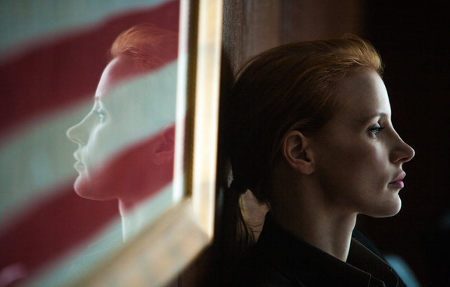
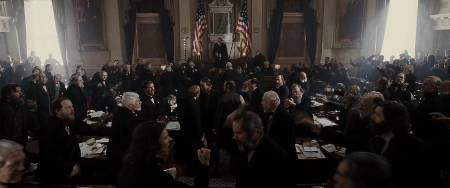
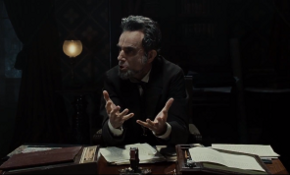
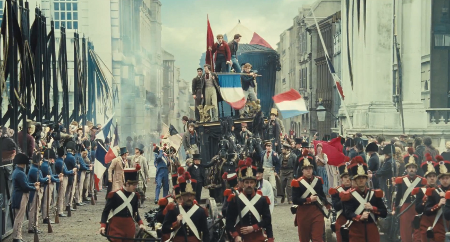
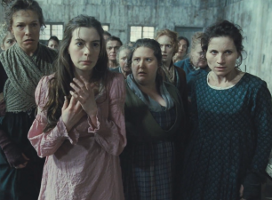
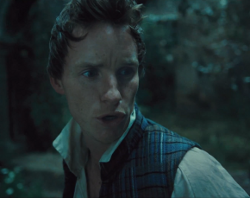
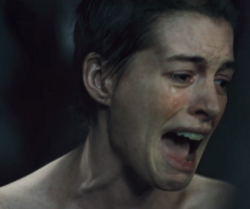
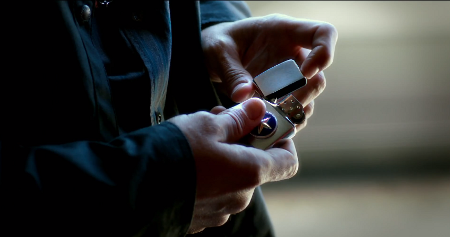
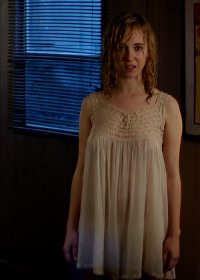

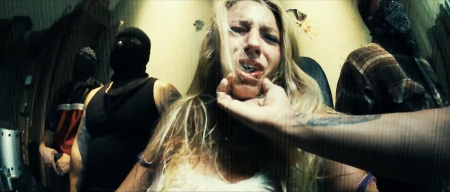
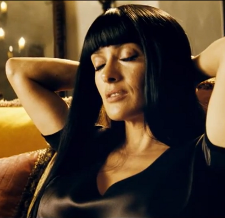
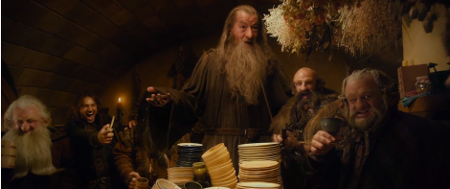
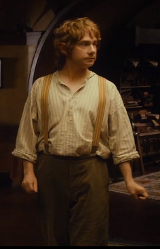



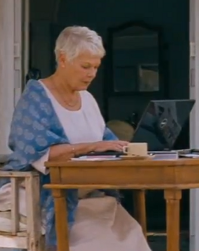 Judi Dench is the central figure of the film and she makes the most of it. Her character, Evelyn, is in such dire straights that she actually has to find a job when she moves to India. She teachers herself to use a computer so she can blog about her experience in India. She becomes the voice of the shared experience of the pensioners through voice over narration. Dench effortlessly sinks into a role that could be quite morose in a less skilled actor’s hands.
Judi Dench is the central figure of the film and she makes the most of it. Her character, Evelyn, is in such dire straights that she actually has to find a job when she moves to India. She teachers herself to use a computer so she can blog about her experience in India. She becomes the voice of the shared experience of the pensioners through voice over narration. Dench effortlessly sinks into a role that could be quite morose in a less skilled actor’s hands.
 Honestly, the biggest problem with this adaptation of Anna Karenina is that the sets aren’t artificial enough. You can’t go from plywood cutouts, unpainted on the back, to lush landscapes rolling into the far distance. When you choose a conceit like a play on film to visually break up the levels of society, you need to commit or dump it. You can’t have fake trees and a painted flat in one scene and an actual forest in the next without pulling the film apart.
Honestly, the biggest problem with this adaptation of Anna Karenina is that the sets aren’t artificial enough. You can’t go from plywood cutouts, unpainted on the back, to lush landscapes rolling into the far distance. When you choose a conceit like a play on film to visually break up the levels of society, you need to commit or dump it. You can’t have fake trees and a painted flat in one scene and an actual forest in the next without pulling the film apart. The acting is as strong as it can be in this kind of film. There are actions taken that even Keira Knightley and Jude Law can’t force into a believable response because Tolstoy himself did not make them believable. These are awkward moments designed solely to push the story in new directions and the cast makes them as believable as possible. You can only push soap opera histrionics so far before alienating the audience. The entire ensemble finds the truth of this adaptation and makes you care deeply for their plight.
The acting is as strong as it can be in this kind of film. There are actions taken that even Keira Knightley and Jude Law can’t force into a believable response because Tolstoy himself did not make them believable. These are awkward moments designed solely to push the story in new directions and the cast makes them as believable as possible. You can only push soap opera histrionics so far before alienating the audience. The entire ensemble finds the truth of this adaptation and makes you care deeply for their plight.
 And what of Robert Pattinson, himself? He’s brilliantly distant and calculating in a role that should have been his breakout as a serious actor. Packer is not a likable protagonist. He has everything in the world before he’s 30 yet he cheats on his beautiful new wife and throws the entire global economy into chaos because he’s bored. His cool veneer slowly falls apart into a man who might as well be dead for all the good his life is worth now. This is not a showy performance, but it is a perfectly grounded performance that encapsulates the bizarre approach to a simple story.
And what of Robert Pattinson, himself? He’s brilliantly distant and calculating in a role that should have been his breakout as a serious actor. Packer is not a likable protagonist. He has everything in the world before he’s 30 yet he cheats on his beautiful new wife and throws the entire global economy into chaos because he’s bored. His cool veneer slowly falls apart into a man who might as well be dead for all the good his life is worth now. This is not a showy performance, but it is a perfectly grounded performance that encapsulates the bizarre approach to a simple story. Perhaps the strangest omission in the awards season discussion is the total non-starter that should have been Sarah Gadon’s run for the Leading Actress Oscar. Her performance as Elise, the only woman who can control Packer, is astonishing. She is given the bulk of the over-stylized dialogue and makes it sound far more realistic than any other performer in the film.
Perhaps the strangest omission in the awards season discussion is the total non-starter that should have been Sarah Gadon’s run for the Leading Actress Oscar. Her performance as Elise, the only woman who can control Packer, is astonishing. She is given the bulk of the over-stylized dialogue and makes it sound far more realistic than any other performer in the film.
 To put it bluntly, Tiffany is a Manic Pixie Dream Girl with a scowl instead of a smile. She is a series of ideal free spirit cliches wrapped up with a frown and a dead husband. She is an endless ball of energy, able to stalk Pat wherever he goes at a full speed run, blow-up in public without any sense of shame or embarrassment at the attention it creates, and run weeks of high energy dance rehearsals without missing a step. For a woman supposedly suffering from a condition that causes low self-esteem, lack of energy, and disinterest in formerly pleasurable activities, Tiffany sure seems upbeat, energetic, and overly confident in herself.
To put it bluntly, Tiffany is a Manic Pixie Dream Girl with a scowl instead of a smile. She is a series of ideal free spirit cliches wrapped up with a frown and a dead husband. She is an endless ball of energy, able to stalk Pat wherever he goes at a full speed run, blow-up in public without any sense of shame or embarrassment at the attention it creates, and run weeks of high energy dance rehearsals without missing a step. For a woman supposedly suffering from a condition that causes low self-esteem, lack of energy, and disinterest in formerly pleasurable activities, Tiffany sure seems upbeat, energetic, and overly confident in herself. So much of Silver Linings Playbook is very well done. The acting, especially from the ensemble cast including Robert DeNiro, Jackie Weaver, and Julia stiles, is incredible. The structure of the story and subversion of romantic comedy cliches is admirable. The tension created in Pat’s family by his bipolar disorder is shocking because of its brutal honesty.
So much of Silver Linings Playbook is very well done. The acting, especially from the ensemble cast including Robert DeNiro, Jackie Weaver, and Julia stiles, is incredible. The structure of the story and subversion of romantic comedy cliches is admirable. The tension created in Pat’s family by his bipolar disorder is shocking because of its brutal honesty.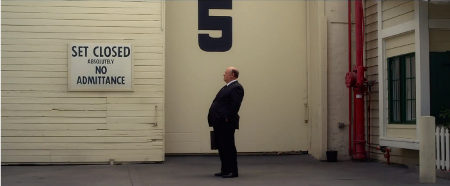
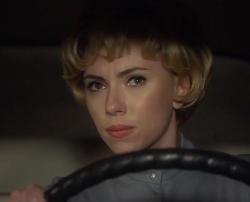 The problem is that director Sacha Gervasi just doesn’t take it far enough to work. The opening sequence shows Ed Gein kill his brother with a shovel as Alfred Hitchcock addresses the audience ala Alfred Hitchcock Presents. The attack looks like the violence in a Hitchcock film, but lacks the shock or edge of his deft editing. It’s almost like every step is taken to pull back the concept so as to not alienate the audience.
The problem is that director Sacha Gervasi just doesn’t take it far enough to work. The opening sequence shows Ed Gein kill his brother with a shovel as Alfred Hitchcock addresses the audience ala Alfred Hitchcock Presents. The attack looks like the violence in a Hitchcock film, but lacks the shock or edge of his deft editing. It’s almost like every step is taken to pull back the concept so as to not alienate the audience.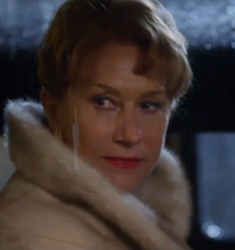 It’s a shame that the film pulls so many punches as the actors are clearly in on the main gag. Anthony Hopkins and Helen Mirren trade acidic barbs at each for 98 while playing into the exaggerated melodrama of early Hitchcock films. Mirren, especially, sells the Hitchcock Blonde archetype, acting the crap out of a role that starts as eye candy and moves into something much deeper and psychological.
It’s a shame that the film pulls so many punches as the actors are clearly in on the main gag. Anthony Hopkins and Helen Mirren trade acidic barbs at each for 98 while playing into the exaggerated melodrama of early Hitchcock films. Mirren, especially, sells the Hitchcock Blonde archetype, acting the crap out of a role that starts as eye candy and moves into something much deeper and psychological.
 Life of Pi is a quiet, meditative film about the power of faith. Pi chooses to become a Catholic and a Muslim while maintaining his Hindu beliefs as a young boy. This gives him a firm belief in the hand of God and the power of devotion to focus and shape a life. Even before he steps foot on the doomed freighter, his life is defined by the objectives of his many faiths. Pi is a remarkably grounded young man willing to evaluate every option before acting through the lens of morality.
Life of Pi is a quiet, meditative film about the power of faith. Pi chooses to become a Catholic and a Muslim while maintaining his Hindu beliefs as a young boy. This gives him a firm belief in the hand of God and the power of devotion to focus and shape a life. Even before he steps foot on the doomed freighter, his life is defined by the objectives of his many faiths. Pi is a remarkably grounded young man willing to evaluate every option before acting through the lens of morality.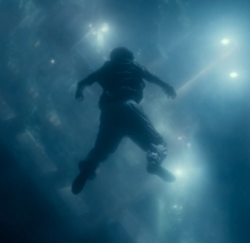 The same can be said for Ang Lee’s embrace of 3D filmmaking. This is an overwhelming 3D feature. Lee pulls tricks that haven’t been done before with shifts in depth of field. Backdrops are swapped out like the pages in a storybook while the foreground shooting from the screen stays the same. First person perspective brings life to very simple but important story moments.
The same can be said for Ang Lee’s embrace of 3D filmmaking. This is an overwhelming 3D feature. Lee pulls tricks that haven’t been done before with shifts in depth of field. Backdrops are swapped out like the pages in a storybook while the foreground shooting from the screen stays the same. First person perspective brings life to very simple but important story moments.